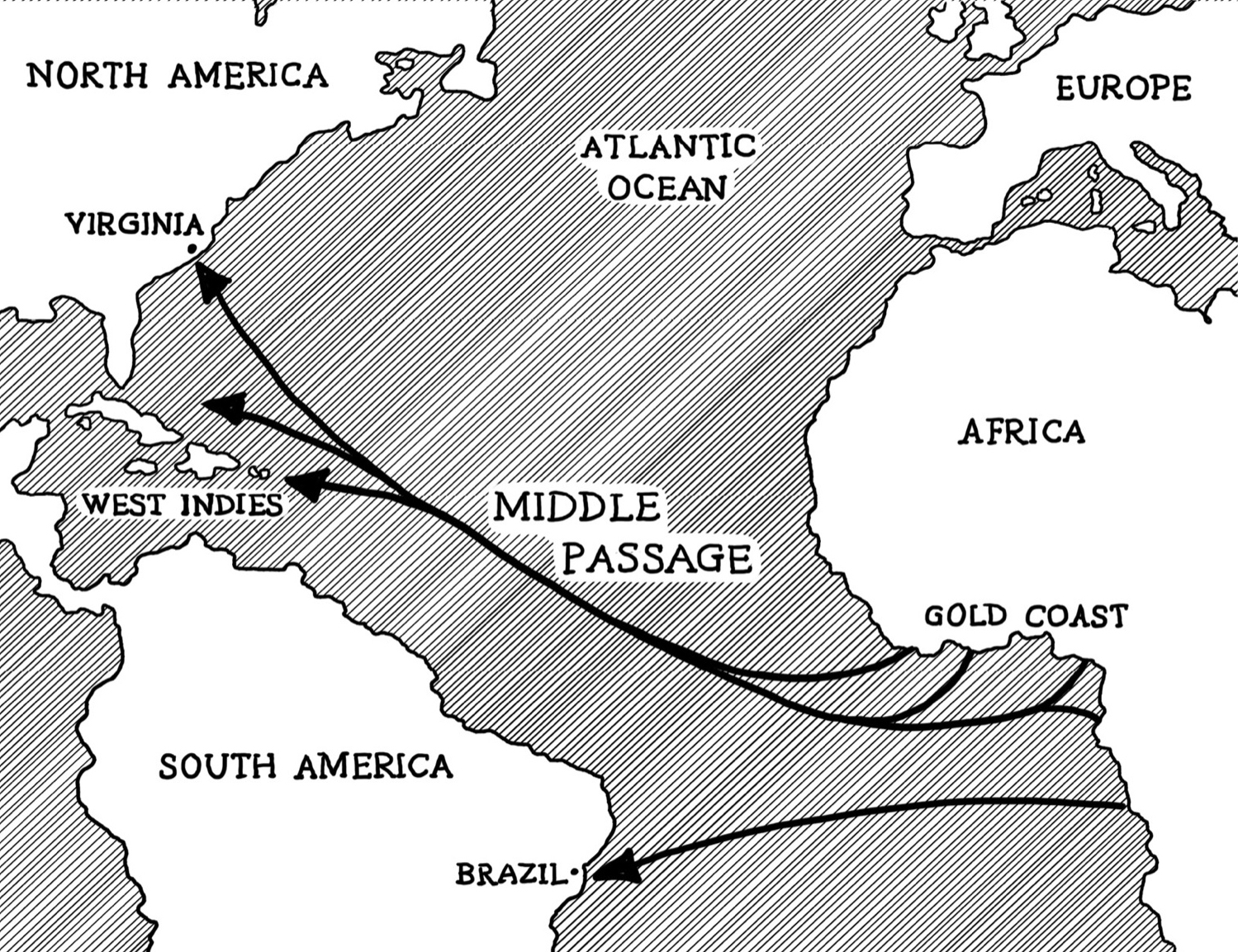What Was
the Underground Railroad?
by Yona Zeldis McDonough
illustrated by Lauren Mortimer
Grosset & Dunlap
An Imprint of Penguin Group (USA) LLC
For Jane OConnor, guiding light and shining starYZM
For Jade, my pea in a pod. There is no better friend than a twin sister. And there is no better twin sister than youLM
GROSSET & DUNLAP
Published by the Penguin Group
Penguin Group (USA) LLC
375 Hudson Street
New York, New York 10014, USA

USA | Canada | UK | Ireland | Australia | New Zealand | India | South Africa | China
penguin.com
A Penguin Random House Company
Penguin supports copyright. Copyright fuels creativity, encourages diverse voices, promotes free speech, and creates a vibrant culture. Thank you for buying an authorized edition of this book and for complying with copyright laws by not reproducing, scanning, or distributing any part of it in any form without permission. You are supporting writers and allowing Penguin to continue to publish books for every reader.
Text copyright 2013 by Yona Zeldis McDonough. Illustrations copyright 2013 by Lauren Mortimer. Cover illustration copyright 2013 by Penguin Group (USA) LLC. All rights reserved. Published by Grosset & Dunlap, a division of Penguin Young Readers Group, 345 Hudson Street, New York, New York 10014. GROSSET & DUNLAP is a trademark of Penguin Group (USA) LLC.
Library of Congress Cataloging-in-Publication Data is available.
ISBN 978-0-698-15973-0
Version_1
What Was the Underground Railroad?
On a March day in 1849, two men tossed a big wooden box onto a steamboat that was about to head up the Potomac River to Washington, DC. Nobody cared how the box landed. The men thought that it was just filled with something ordinary. But they were wrong. Inside the box was a real, live man. His name was Henry Brown. He was a slave escaping from Virginia. He was hoping to reach Philadelphia, Pennsylvania. Slavery was illegal in Pennsylvania. He would be free thereas long as slave catchers didnt find him and bring him back to the South.
The box with Henry in it landed upside down. Now he was on his head! He was scared and, oh, how his head hurt! Would he ever get to Philadelphia? He didnt know.
Although he was on a steamship, Henry was traveling on something called the Underground Railroad. The Underground Railroad was not an actual railroad, with metal tracks and passenger cars. And it did not run underground. No one knows for sure where the name came from. It meant the escape route African American slaves took to reach freedom.
One story says that in 1831, a slave named Tice Davids fled from Kentucky to Ohio. Kentucky was a slave state. Ohio was a free state.
When Davidss master found out, he was shocked. It was as if Tice Davids had vanished into thin air. The master joked that his slave must have gone off on an underground railroad. Is this story true? No one knows for sure. But the term Underground Railroad stuck.
Escaped slaves fled to free states and Canada any way they could. They often went on foot, traveling hundreds of miles. They went hidden in wagons. They went by train and by boat. They often went at night, to avoid capture. Whites and other blacks along the way helped them. These people were called conductors.
The journeys were scary and filled with danger. If caught, the slaves would be sent back and severely punished. But the danger did not stop them. Freedom was worth the risk. This is the story of some of these people, who they were, where they went, what happened to them along the way, and how their lives changed.
CHAPTER 1
The Slave Trade
In 1619, a ship docked in Jamestown, Virginia. It carried about twenty people who had been kidnapped from their homes in West Africa. These were the very first slaves brought to America.
By 1860, there were nearly four million slaves in the United States. Virginia and other states in the South depended on the free labor of slaves to work the fields on farms called plantations. Every year brought more slaves. They arrived on slave ships. The trip from Africa across the Atlantic Ocean was known as the Middle Passage.
The journey typically lasted four to six weeks. However, it could take as long as twelve weeks. Even a short trip was awful. There were two ways for the captains to load their ships with slaves: loose packing and tight packing.
Loose packing meant captains didnt take as many slaves as their ships could carry. More space and air for the slaves on board made it less likely that they would become sick and die. Healthy slaves brought a better price.
Tight packing was much worse. The captain would crowd as many slaves into the ship as possible. Slaves were packed like sardines in spaces that were sometimes no more than eighteen inches high. There was barely room to move or even breathe. The captain didnt care. He figured that the more slaves on board, the more money he would make in America. If some slaves died, so what?
What was it like on a slave ship? Slaves were often chained ankle to wrist. There were no bathrooms. The slaves used buckets instead. With no way to keep their living spaces clean, slaves came down with diseases like the flu and smallpox. To save money, some captains brought along very little food. As a result, many slaves starved to death. The Middle Passage was so horrible, some slaves preferred to jump overboard and drown. Or they simply stopped eating.
If they survived the journey to America, slaves were sold in auctions. This meant that white people bid money to buy them, just like they might buy a horse or a cow. Each slave was sold to the person who bid the highest price.
Auctions were advertised with signs and in newspapers. At an auction, a large group of newly arrived black men, women, and children were put on display. White people came beforehand to inspect the slaves. They pried open their mouths to check their teeth. They pinched their muscles to measure their strength. No one cared about how the slaves felt. They were not considered human beings.




























